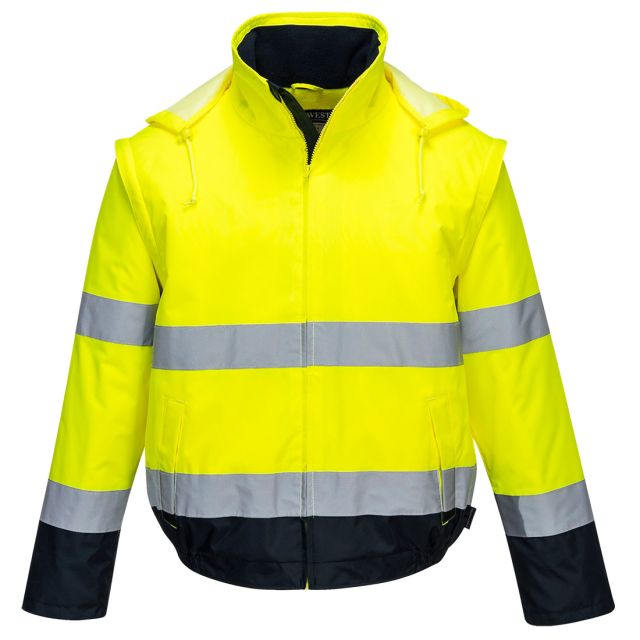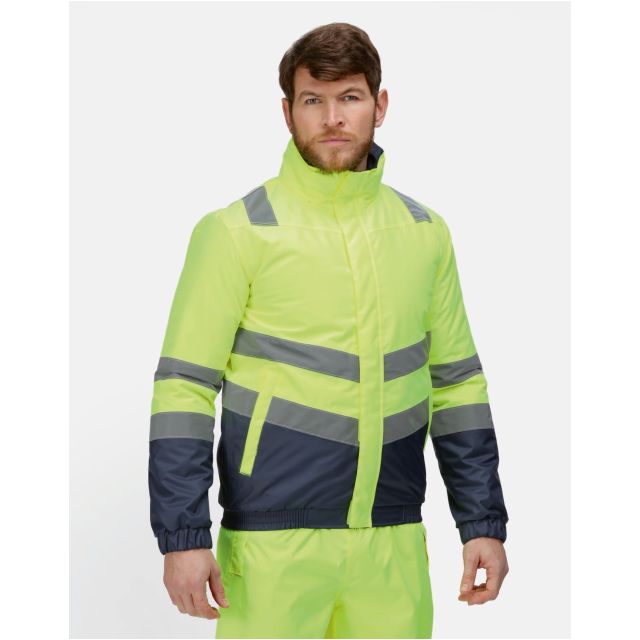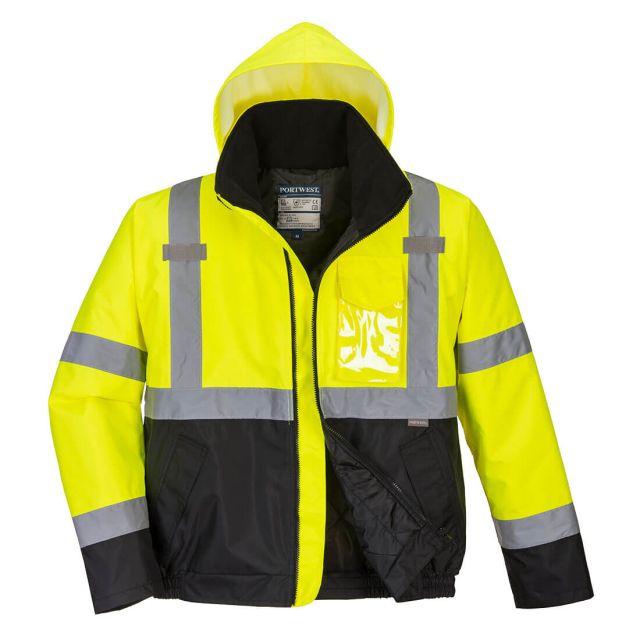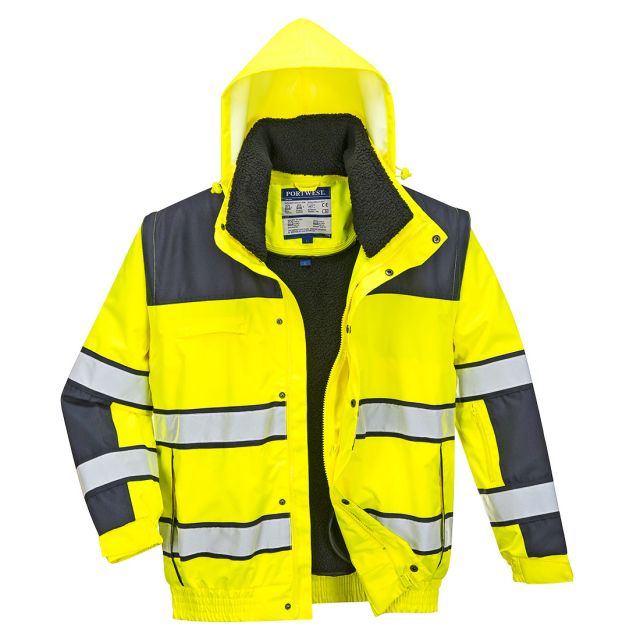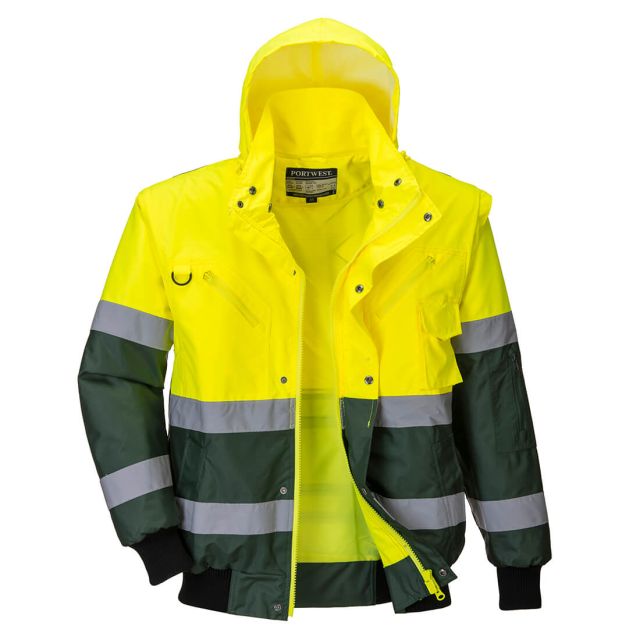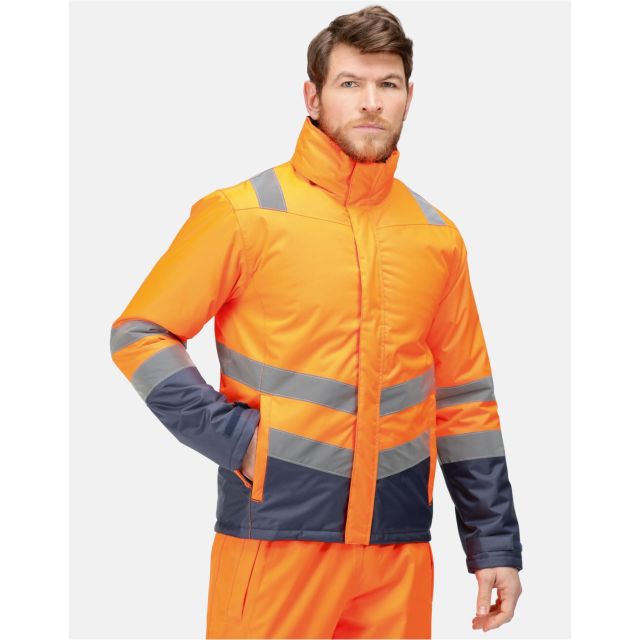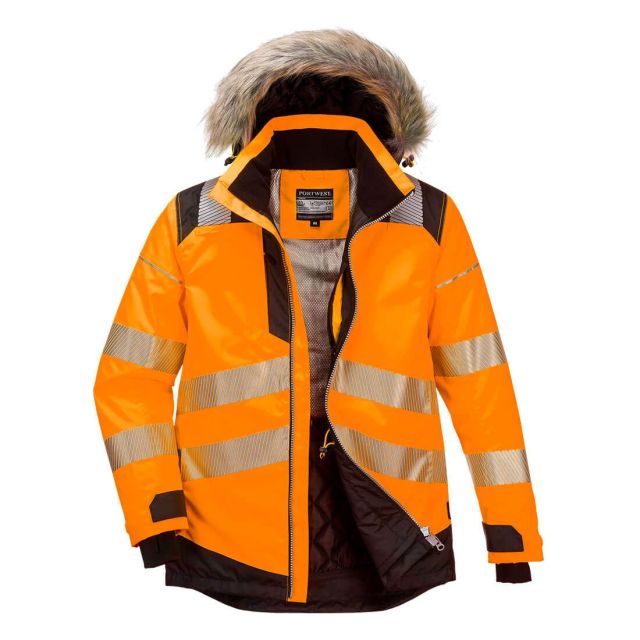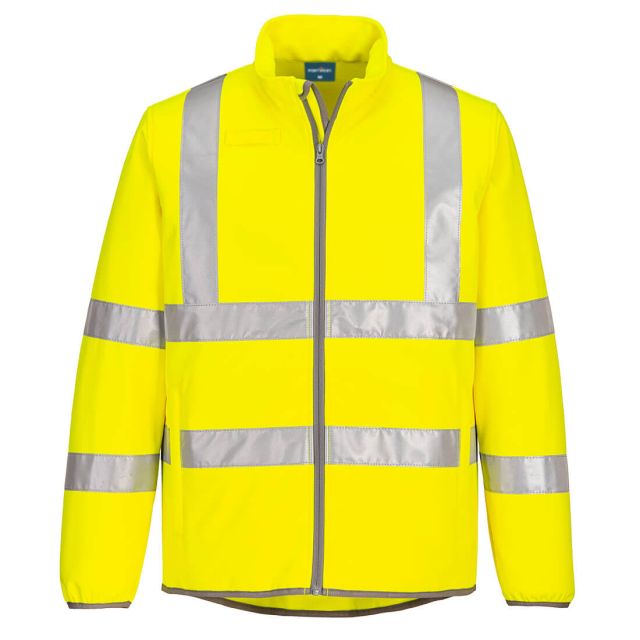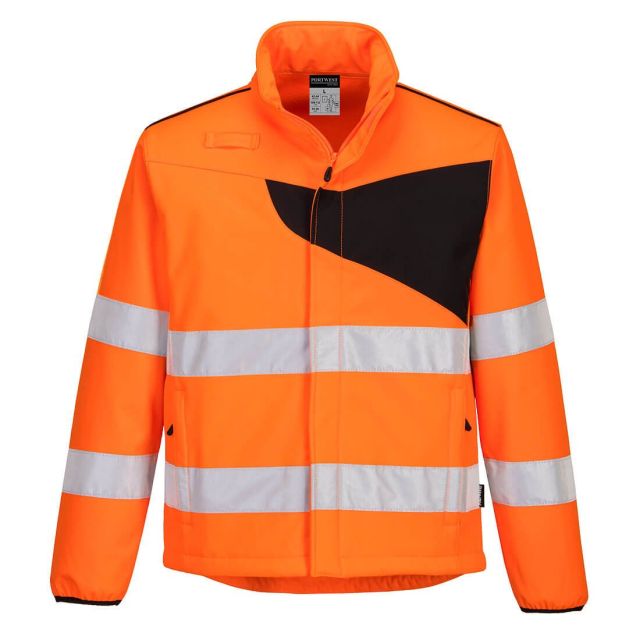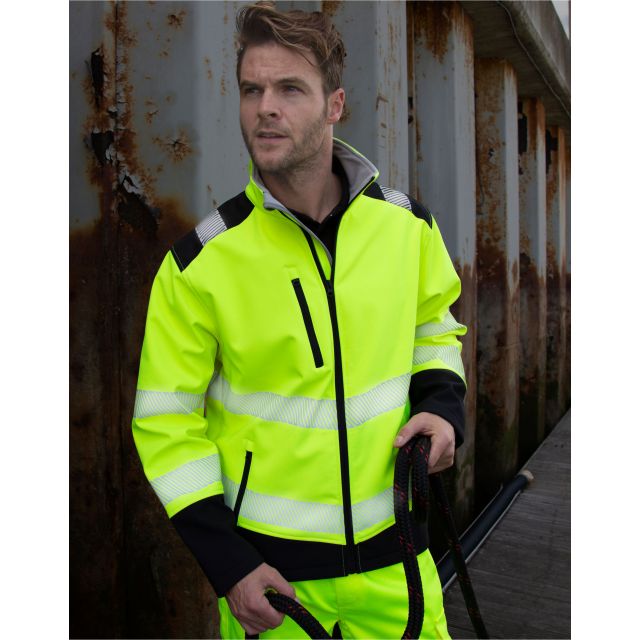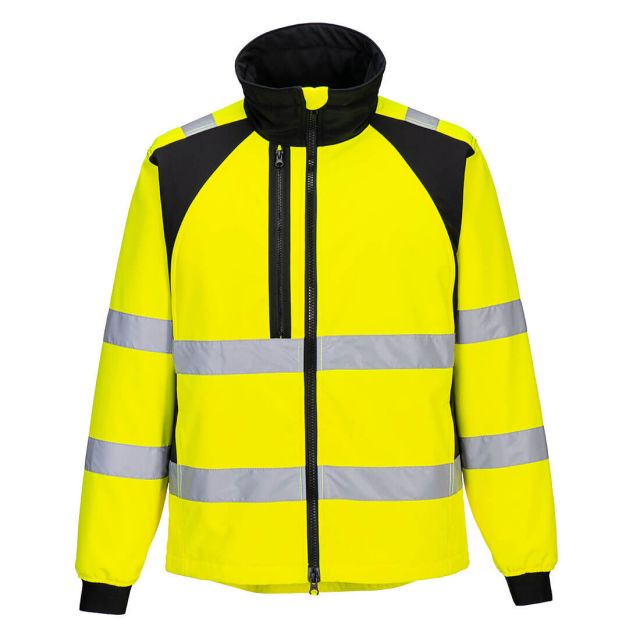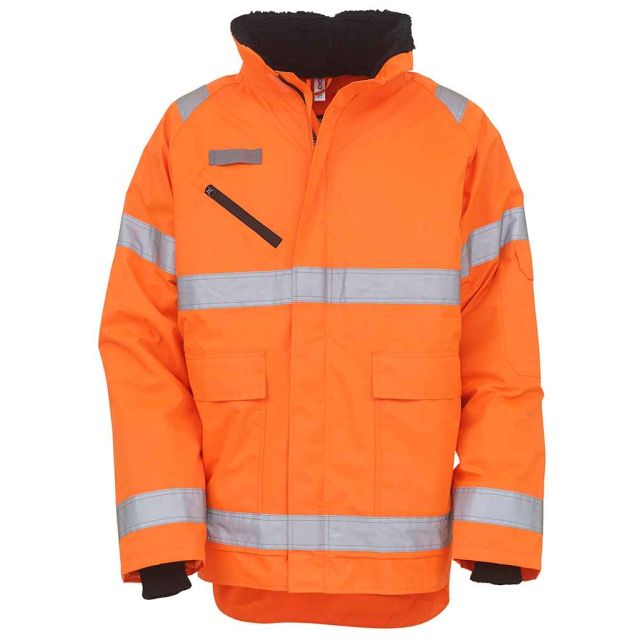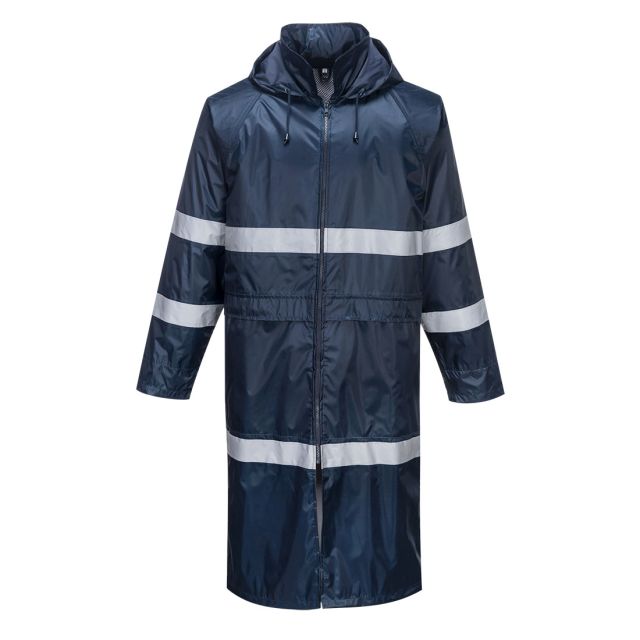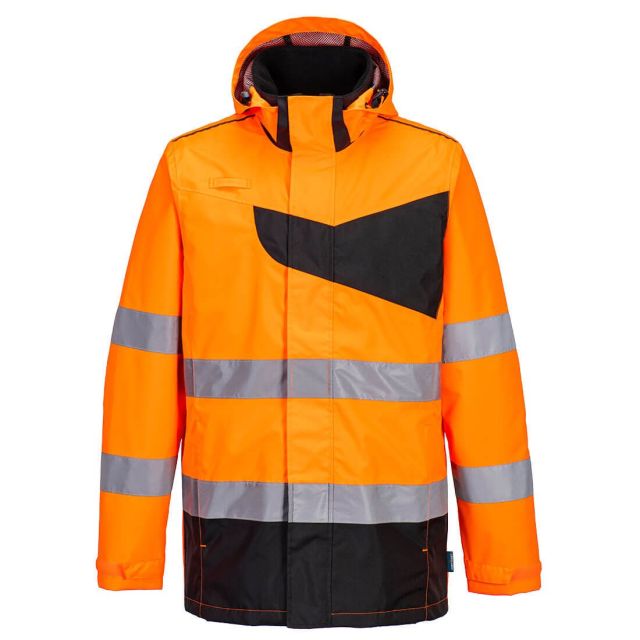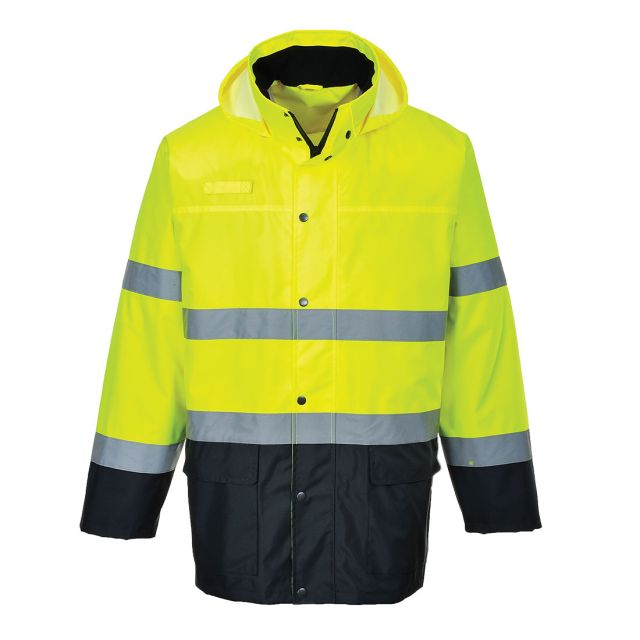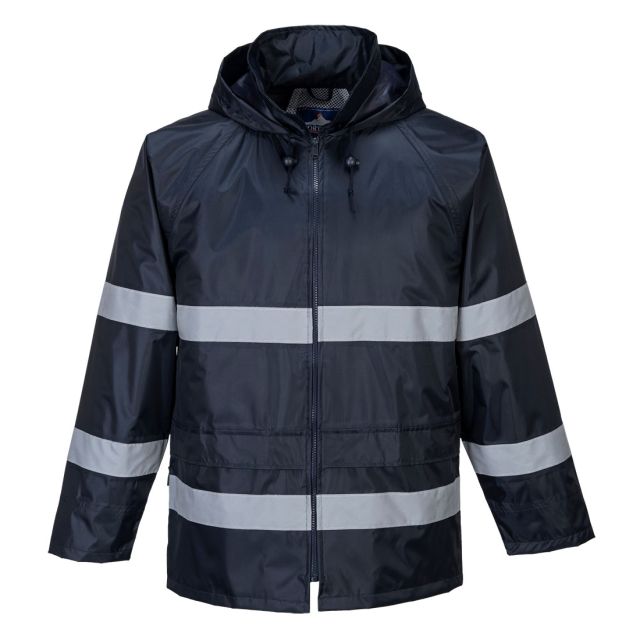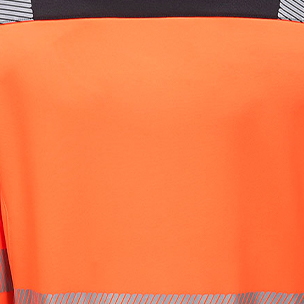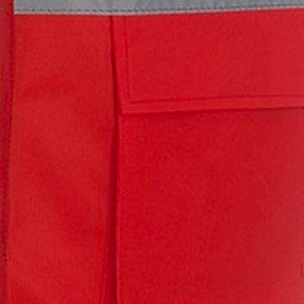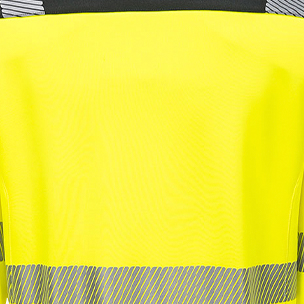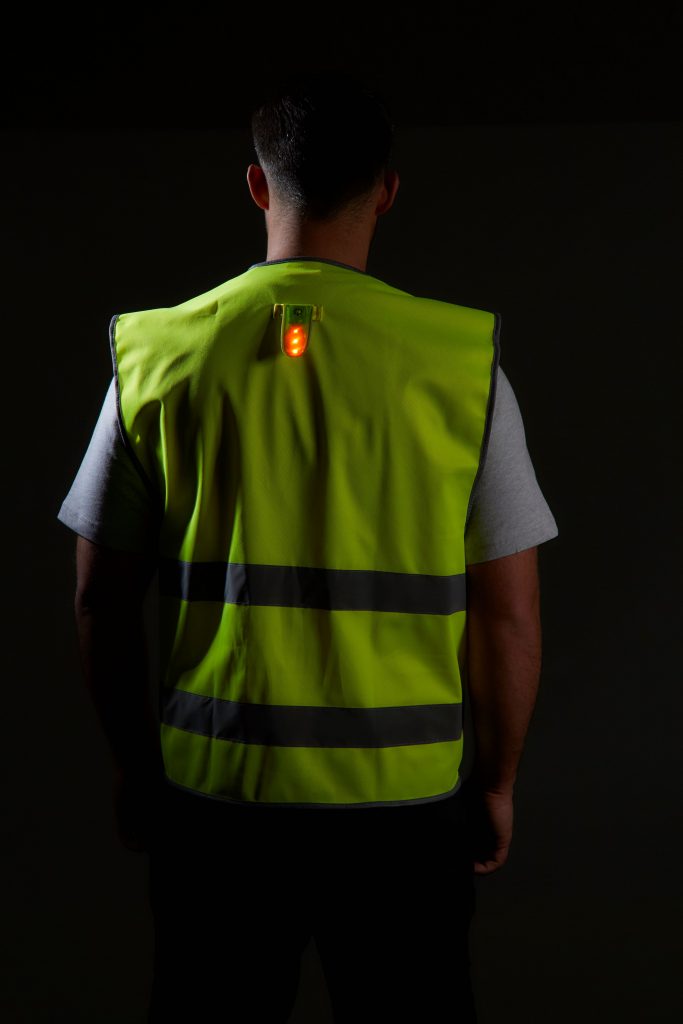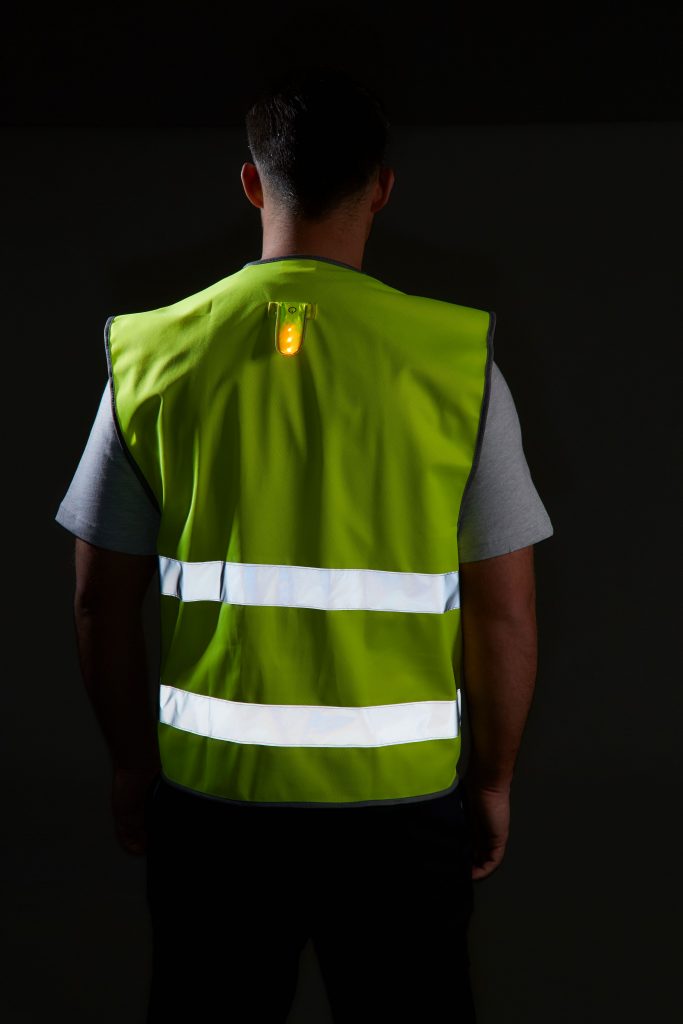Hi Vis Jackets: Choosing the Best for Safety and Comfort
Safety is key when working in high-risk environments, and your clothing can play an important part of keeping you visible and safe. Hi vis jackets are a vital form of workwear for industries such as construction, engineering, and logistics, where visibility and comfort are crucial to worker safety. But, with so many different types of hi vis jackets available, how do you choose the right one for your team?
In this guide, we'll go over everything you need to know about hi vis jackets, including the many different kinds available, the safety regulations they need to fulfil, and how to combine comfort and protection. We'll also go over customisation possibilities and how to ensure that your branding doesn't compromise safety.
- Page Contents
- Why Hi Vis Jackets Matter
- Types of Hi Vis Jackets
- Meeting Safety Standards: EN ISO 20471 Compliance
- Balancing Safety and Comfort
- Customising Hi Vis Jackets: Brand Visibility and Compliance
- How Often Should You Replace Hi Vis Jackets?
- XAMAX®: A BSIF Registered Safety Supplier You Can Trust
- Conclusion: Choosing the Best Hi Vis Jacket for Your Team
Why Hi Vis Jackets Matter
Hi vis clothing is primarily created to make workers visible in low-light and/or high-risk areas. The combination of fluorescent fabric and retro-reflective tape ensures workers are visible from a distance, whether working in daylight, at night, or in adverse weather conditions.
According to the Health and Safety Executive (HSE), visibility-related incidents, such as being struck by a moving vehicle, are among the largest contributors of workplace fatalities in the UK. Wearing the appropriate hi vis clothing may considerably reduce these risks, making it an essential part of personal protective equipment (PPE).
Types of Hi Vis Jackets
Hi vis jackets come in a variety of styles, each suited for specific kinds of safety requirements and weather conditions. The working environment and level of protection your team needs will decide which type of jacket is appropriate.
Hi Vis Bomber Jackets
Bomber jackets are perfect for those who need an insulated, lightweight option since they are shorter and typically sit around the waist. Their shorter length keeps them from impeding mobility in colder weather, they are ideal for drivers and logistical workers.
Hi Vis Parkas
Parkas are longer than bomber jackets, extending down to the thighs or knees, providing extra coverage in cold and wet weather. They’re often used in environments where workers are exposed to rain, snow, or wind. Parkas provide superior warmth and protection, making them the go-to choice for outdoor construction workers during winter months.
Hi Vis Softshell Jackets
Softshell jackets are designed for flexibility and comfort. They’re breathable, lightweight, and offer good protection against the wind and light rain. Softshell jackets are perfect for workers who need to remain mobile and comfortable while still staying visible. Custom embroidery on softshell jackets is a popular option for branding without compromising the jacket’s functionality.
Hi Vis Waterproof Jackets
A waterproof hi vis jacket is essential if your team frequently works outside in bad weather. These fully sealed jackets ensure that workers stay dry in wet environments while maintaining comfort and visibility. To keep from overheating, look for waterproof jackets with breathable fabrics.
Meeting Safety Standards: EN ISO 20471 Compliance
When selecting hi vis jackets, it’s crucial that they comply with the EN ISO 20471 standard. This standard sets the requirements for the amount of fluorescent fabric and retro-reflective tape on hi vis garments, ensuring that workers remain visible in all lighting conditions.
Fluorescent Fabric
Hi vis jackets must use fluorescent fabric in colours that stand out from the environment. Yellow and orange are the most common, and they’re required to cover a specific surface area depending on the class of the jacket:
- Class 2: Requires at least 0.50 m² of fluorescent material.
- Class 3: Requires at least 0.80 m² of fluorescent material.
Reflective Tape
The reflective strips on hi vis jackets bounce light back to the source, making workers visible even in low-light or night-time conditions. The amount of reflective material also depends on the class of the jacket:
- Class 2: Requires 0.13 m² of retro-reflective tape.
- Class 3: Requires 0.20 m² of retro-reflective tape.
For Class 3 jackets, reflective strips must also be placed on the arms and legs (if applicable), ensuring that workers are visible from all angles.
Class 2 vs. Class 3 Jackets
When deciding between Class 2 and Class 3 hi vis jackets, it’s important to conduct a proper and thorough risk assessment of the working environment. Class 2 jackets are suitable for environments with moderate risks, such as construction sites or roadside work. Class 3 jackets, however, are required in high-risk areas like motorways or sites with fast-moving traffic, offering full-body coverage and the highest level of visibility.
Balancing Safety and Comfort
When choosing a hi vis jacket, comfort shouldn't be ignored, though safety should always come first. A jacket that restricts movement or is uncomfortable may impact safety as well as productivity. Here are some key points to think about:
Insulation and Lining
It's easier to stay warm than it is to get warm. Choose jackets with insulated linings for workers who will be working in colder environments so they remain warm. Certain jackets have removable linings which allow workers to adapt their clothing to shifting weather conditions.
Breathability
For employees who work in warm, muggy conditions or who are physically active, breathable jackets are essential. Jackets with vented panels or breathable fabrics reduce overheating by allowing air to flow more freely, keeping workers comfortable all day.
Waterproofing
It's easier to stay dry than it is to get dry. For outdoor workers, look for waterproof jackets with taped seams and water-resistant zips. Waterproofing ensures that the jacket keeps workers dry, reducing discomfort and risk to health.
Mobility
A hi vis jacket shouldn't restrict movement, especially for workers who lift, bend, or operate machinery. Look for jackets with stretchy panels or adjustable cuffs for a better fit and increased movement.
Customising Hi Vis Jackets: Brand Visibility and Compliance
Hi vis jackets aren’t just for safety - they’re also a great opportunity for branding. Adding your company’s logo with custom printing or embroidery ensures that your team is recognisable, both on-site and while travelling between jobs. However, it’s important to keep safety compliance in mind when customising hi vis jackets.
Custom Printing and EN ISO 20471
When adding a logo to a hi vis jacket, make sure that it doesn’t interfere with the jacket’s compliance with EN ISO 20471. Large logos can reduce the visible area of fluorescent material, making the jacket non-compliant with safety standards.
For example:
A Class 3 jacket requires 0.80 m² of fluorescent fabric. If a large logo covers 0.15 m², the remaining visible area might drop below the required surface area, rendering the jacket non-compliant.
To maintain compliance, it’s best to place logos in areas that don’t interfere with the reflective or fluorescent material, such as contrast panels or sleeves.
And if the hi vis jacket is flame retardant, printing is not a safe option at all. Only embroidery is safe but special FR threads are required which will limit the colour palette available.
Embroidery could be an option
Embroidery is a common option, especially for softshell jackets. Embroidery provides a high-quality finish while maintaining the visible fluorescent material. Because embroidery often uses a smaller area than printing, it is simpler to keep the jacket visible whilst still displaying your brand.
Having said that, embroidery is not recommended for waterproof jackets as embroidery machines literally punch holes in the fabric as they stitch.
Working with a BSIF-registered supplier, such as XAMAX®, ensures that your customised jackets meet branding needs and safety standards. We can help you in strategically placing logos to ensure compliance with EN ISO 20471 while supporting your brand.
How Often Should You Replace Hi Vis Jackets?
Hi vis jackets don’t last forever. Over time, the fluorescent fabric can fade, and the reflective tape can crack or lose its reflective properties. It’s important to regularly inspect jackets for signs of wear and tear to ensure they still provide the required level of visibility to remain compliant.
Signs it’s time to replace a hi vis jacket include:
- Fading or discolouration of the fluorescent fabric.
- Cracked, torn, or peeling reflective strips.
- General wear and tear, such as fraying seams or broken zips.
As a general guideline, hi vis jackets should be replaced after 25 washes or sooner if they show visible signs of damage. Portwest offer garments with up to 50 washes, so this brand is a cost-effective choice. Keeping your team’s jackets in good condition ensures they remain compliant with safety standards and continue to provide protection.
XAMAX®: A BSIF Registered Safety Supplier You Can Trust
At XAMAX®, we’re committed to providing high-quality, compliant hi vis jackets that keep your team safe and visible. As a BSIF Registered Safety Supplier, we ensure that all our jackets meet the strict requirements of EN ISO 20471.
Whether you need bomber jackets, parkas, or softshells, we’ve got the right hi vis solution for your workforce. We offer a variety of hi vis jackets and a comprehensive selection of workwear to meet all your team’s needs. From safety gear to everyday workwear, we’ve got you covered. Visit the XAMAX® homepage to explore our full product range
Conclusion: Choosing the Best Hi Vis Jacket for Your Team
Choosing the ideal hi vis jacket means finding a balance between safety, comfort, and branding. You can ensure your team's safety by choosing a jacket that meets EN ISO 20471 standards, provides an appropriate level of visibility for your work environment, and is comfortable in all weathers. With custom printing or embroidery, you can turn each jacket into a walking promotion for your business.
Trust XAMAX® to help you find the perfect hi vis jacket for your team, keeping them safe, comfortable, and visible in all conditions.







